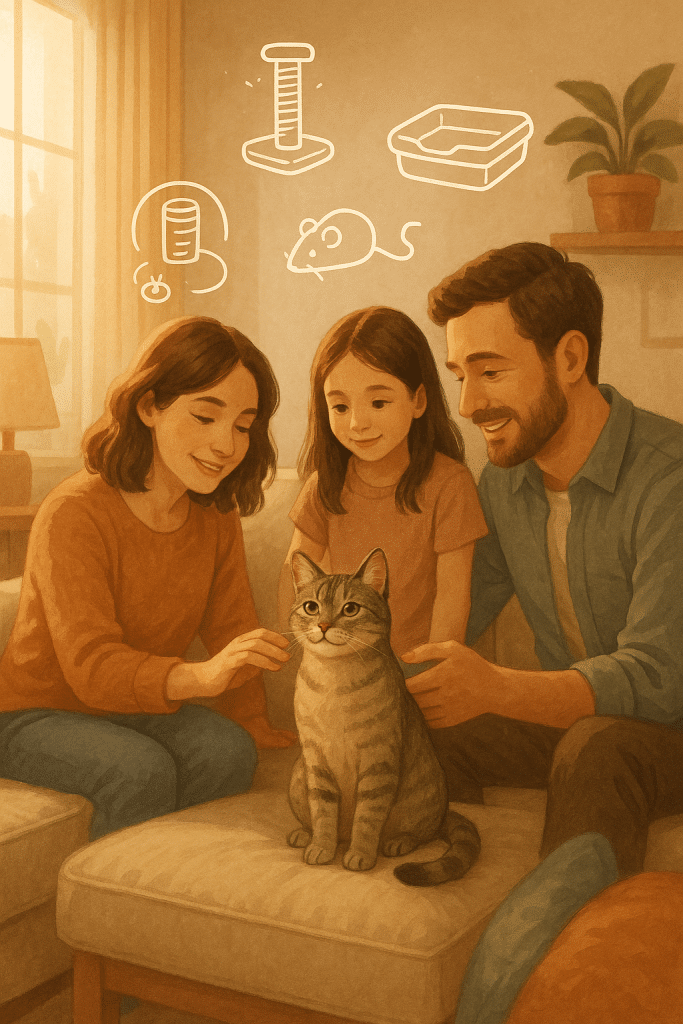As a devoted pet owner or a family welcoming a feline friend into your home, it’s crucial to understand that owning a cat can come with its own share of challenges—especially when dealing with cat behavior problems. Whether it’s aggression, destructive scratching, or inappropriate elimination, these issues can disrupt your harmony at home and even affect your cat’s well-being. But don’t worry—I’m here to guide you through some of the most common cat behavior problems, why they happen, and most importantly, how you can address them with kindness, patience, and effectiveness.
In this comprehensive article, I’ll cover the five major cat behavior problems you’re likely to encounter, including aggression, destructive scratching, inappropriate elimination, excessive meowing, and biting or aggressive play. Alongside each problem, you’ll find practical solutions grounded in veterinary behavioral science and real-world pet care experience. Plus, I’ll share insights on how your cat’s breed traits might influence behavior and how you can tailor training and home environments accordingly.
So, if you’re seeking clear, trustworthy guidance for overcoming cat behavior problems, improving your cat’s happiness, and strengthening your bond, read on. You’ll be equipped with strategies to turn rocky situations into rewarding relationships.
Understanding Cat Behavior Problems: An Overview
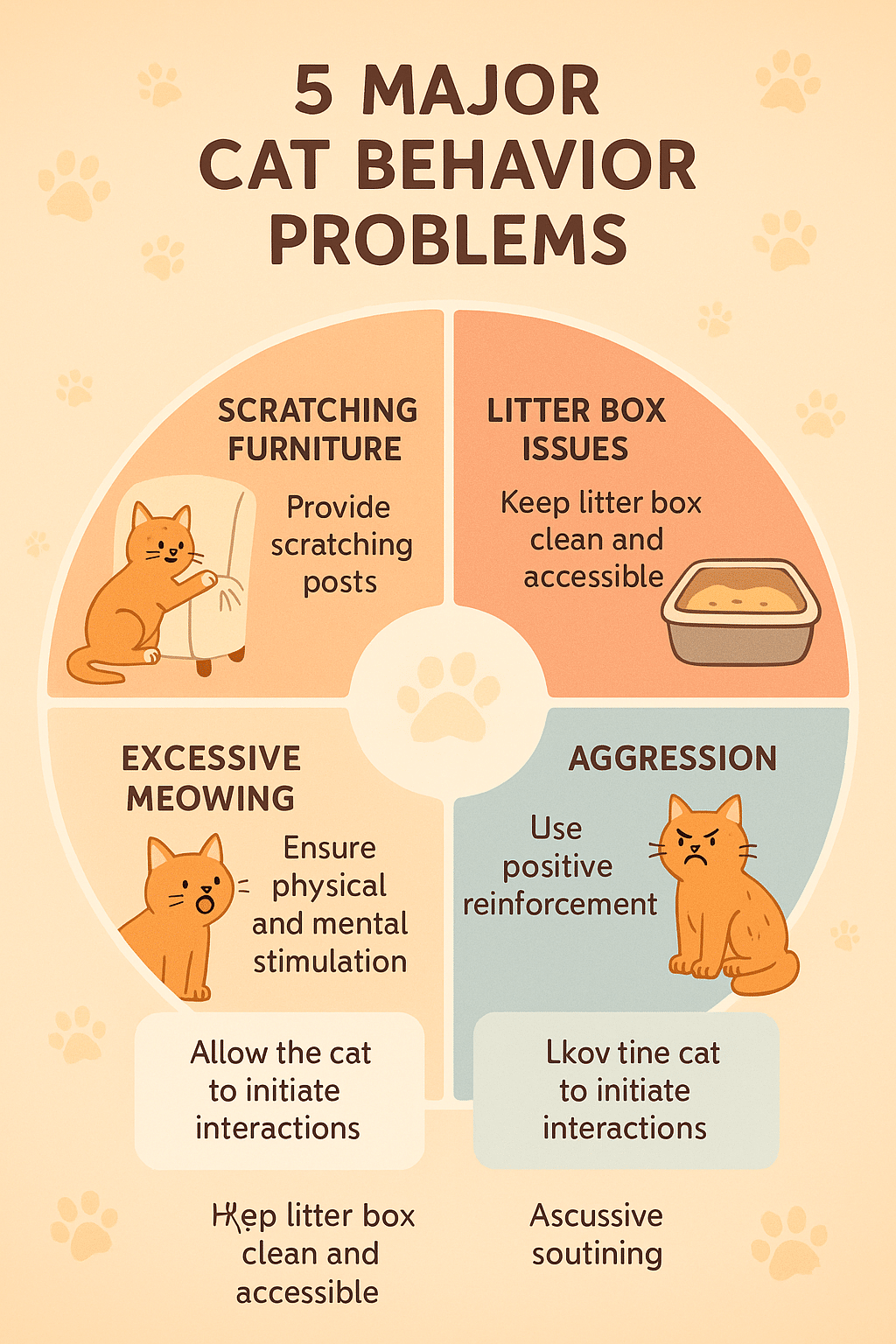
Cats communicate differently from dogs, and sometimes, their signals can be misinterpreted, leading to what we perceive as troublesome behaviors. Understanding why these behaviors occur is the first step to helping your feline companion thrive.
The Role of Feline Communication Signals in Behavior
Cats primarily communicate through body language, vocalizations, and scent marking. A twitching tail, flattened ears, or dilated pupils are all signals that can reveal a cat’s emotional state. For example, a cat may hiss or growl when feeling threatened, signaling that it wants space. Ignoring such signs often escalates to aggression or other problematic behavior.
Understanding these subtle communication cues allows you to respect your cat’s boundaries and recognize when something in their environment is causing stress. For instance, a cat rubbing its cheeks along furniture or a family member is marking territory with calming pheromones, showing contentment rather than annoyance.
Impact of Stress and Anxiety on Cat Behavior
Cats are creatures of habit and change or stressors—like introducing new animals, moving homes, or loud noises—can cause anxiety, which often manifests as behavior problems. Stress in cats might be indicated through increased hiding, excessive grooming, or inappropriate elimination.
Research shows that feline anxiety does not just disrupt your cat’s mental state but also triggers physiological changes that can affect health long-term. Chronic stress can lower immunity and cause digestive disturbances. Identifying and minimizing stress factors is a cornerstone of managing cat behavior problems.
Importance of Veterinary Behavioral Medicine
When behavior problems persist despite your best efforts, veterinary behavioral medicine might be necessary. Specialists in this field diagnose underlying medical or psychological conditions contributing to the behavior.
For example, aggression could be triggered by pain or neurological issues, while inappropriate elimination might result from urinary tract infections. Veterinary behavioral medicine combines medical treatment with behavioral modification plans and sometimes medication or pheromone therapy to restore balance.
Consulting a veterinary behaviorist early can prevent complications and improve outcomes, especially with complex or long-standing issues.
Problem 1: Aggression Between Cats and Towards People
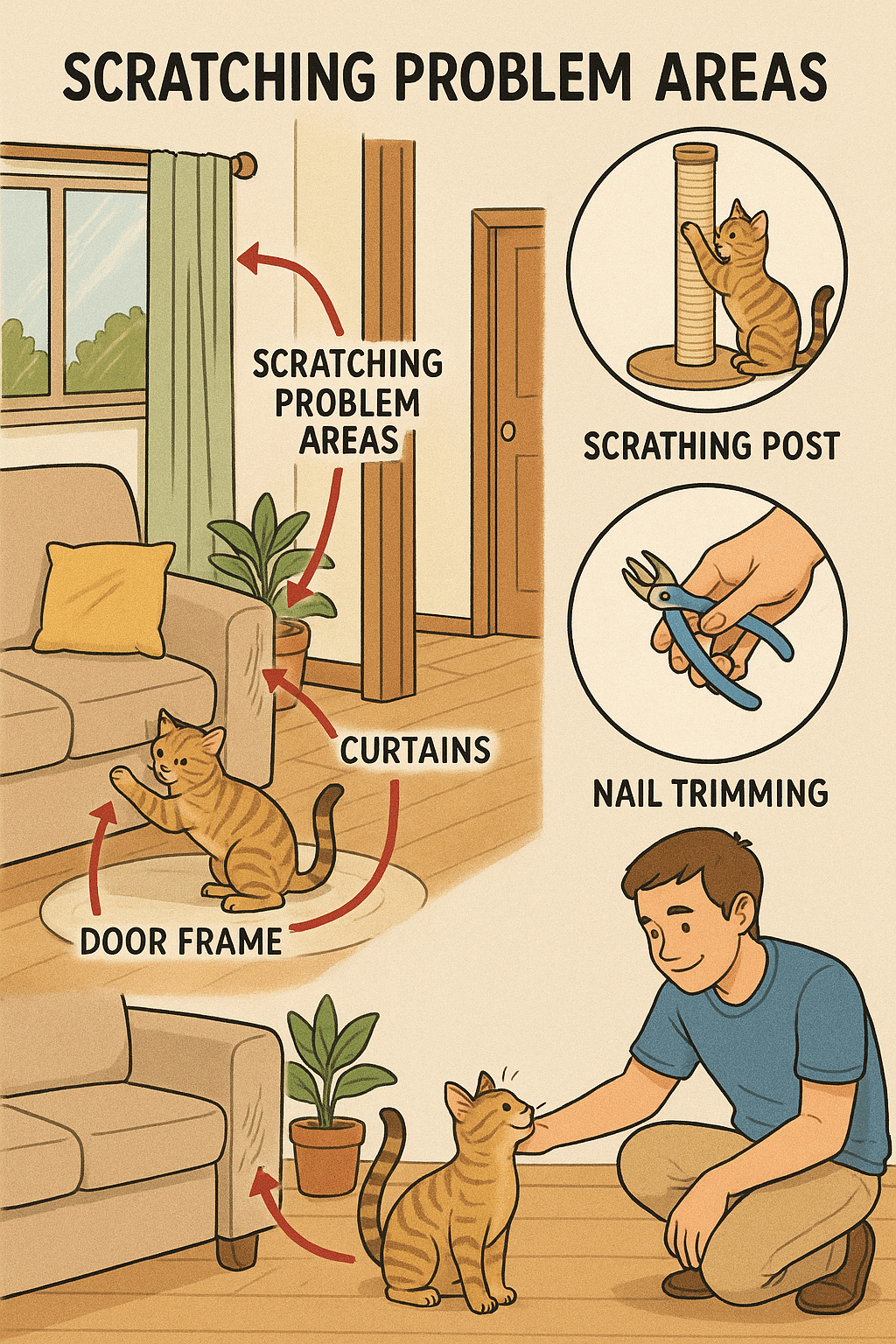
Aggression is one of the most distressing cat behavior problems that pet owners face. It not only jeopardizes the safety and well-being of all household members but can also deteriorate your relationship with your furry friends.
Identifying Signs of Cat Aggression and Triggers
Aggressive behavior can be subtle or overt. Warning signs include ears pinned back, hissing, growling, swatting with claws out, and biting. Not all aggression is the same; it may be fear-based, territorial, redirected (when frustration from one stimulus is taken out on another), or play-related.
Common triggers in multicat households are competition for resources like food, litter boxes, or sleeping spots. Situations involving new family members, loud noises, or even unfamiliar visitors can provoke aggression stemming from stress or fear.
One effective way to identify triggers is to observe the context of aggressive episodes carefully and note any environmental or social changes preceding them.
Managing Multicat Household Dynamics to Reduce Conflict
Keeping peace among multiple cats requires strategic management of resources and space. Ensure each cat has individual access to essential items—multiple feeding stations, litter boxes (recommended one per cat plus one extra), and dedicated resting areas to prevent competition.
Gradual introductions are vital when bringing new cats home. Use scent swapping techniques and controlled visual exposure before allowing direct interactions. Incorporating vertical space, such as cat trees or shelving, gives shy or lower-status cats escape routes and safe vantage points.
Regular play sessions and positive reinforcement with treats can help strengthen bonds and reduce tension. Patience and consistency in enforcing boundaries make a huge difference.
Using Punishment-Free Cat Training and Pheromone Therapy
Aggression should never be met with punishment. Instead, focus on positive reinforcement to reward calm behavior and use environmental modifications to reduce triggers.
Synthetic feline pheromone products like Feliway mimic natural calming scents and help reduce anxiety levels, which can lessen aggression. They are available as diffusers or sprays and are safe for cats.
Redirect aggression through interactive toys, such as wand teasers, that engage your cat’s natural hunting instincts. Training methods grounded in reward-based techniques enhance cooperation and strengthen trust.
When to Seek Behavioral Consulting for Cats
If aggression escalates, causes injury, or persists despite home management, consulting a professional is necessary. Certified cat behaviorists and veterinary behaviorists provide personalized behavior modification plans and can guide medication or therapy options when needed.
Early intervention often prevents more severe outcomes and helps maintain a peaceful household.
Problem 2: Destructive Scratching and Fabric Chewing
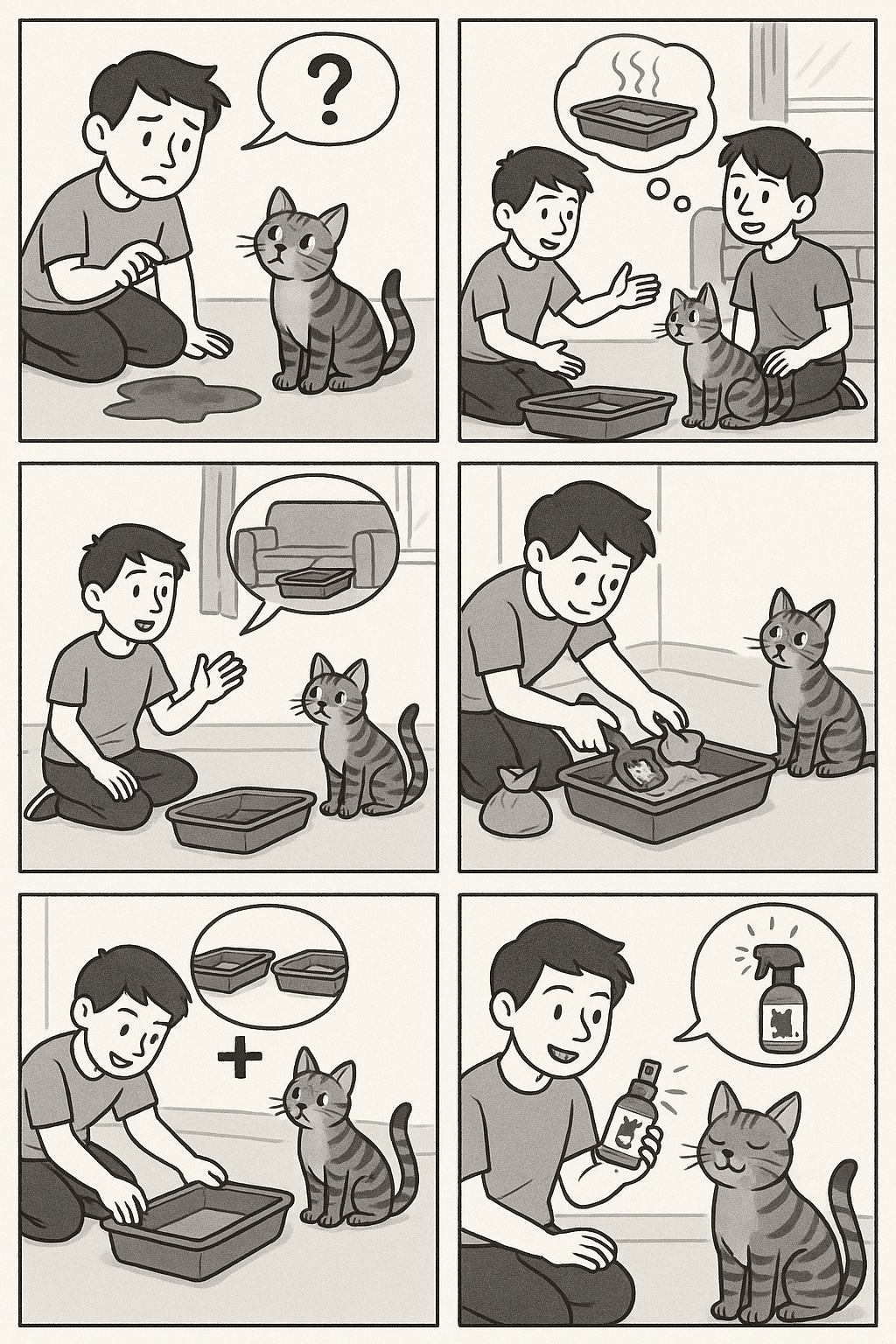
Destructive behaviors such as scratching furniture or chewing fabrics annoy most cat owners, but these behaviors fulfill important feline needs and shouldn’t be punished without alternatives.
Understanding the Causes Behind Scratching and Chewing Behavior
Scratching is a natural, instinctual behavior for cats to mark territory, stretch muscles, and maintain claw health. Fabric chewing may stem from boredom, stress, or oral discomfort.
Cats lacking sufficient outlets for scratching often divert to furniture, drapes, or carpets. Likewise, chewing on fabrics can be a displacement activity or an attempt to explore textures.
Knowing that these actions serve a purpose helps us provide enriching alternatives to channel their energy positively.
Effective Environmental Enrichment to Prevent Destructive Behavior
Offering a variety of scratching surfaces—vertical and horizontal—is essential. Different cats prefer sisal-covered posts, cardboard pads, or carpeted surfaces, so observe your cat’s preferences.
Placement matters. Put scratching posts near favorite sleeping areas or objects your cat scratches to encourage use. Regular play sessions with interactive toys reduce boredom that drives destructive chewing.
For fabric chewing, increase engaging activities and provide safe chew toys made specifically for cats. Rotating toys periodically keeps interest fresh.
Selecting and Training with Cat Scratching Posts and Alternatives
Invest in sturdy, tall scratching posts stable enough to withstand vigorous scratching and tall enough for full-body stretching. Encourage use by rubbing catnip on posts or dangling toys atop.
Training involves positive reinforcement: reward your cat with treats and praise when scratching the appropriate object. Redirect any destructive scratching gently without scolding.
In some cases, furniture covers or double-sided tape deter scratching from forbidden areas, but these should be used alongside enrichment, not as a sole solution.
Natural Deterrents and Alternatives for Fabric Chewing
If fabric chewing is habitual, try natural deterrents like bitter apple sprays safe for pets, which make fabrics unappealing to bite. Keep tempting items out of reach.
Consult a veterinarian if chewing persists, as dental pain or gastrointestinal issues can underlie this behavior, especially if combined with drooling or pawing at the mouth.
Problem 3: Inappropriate Elimination and Urine Marking
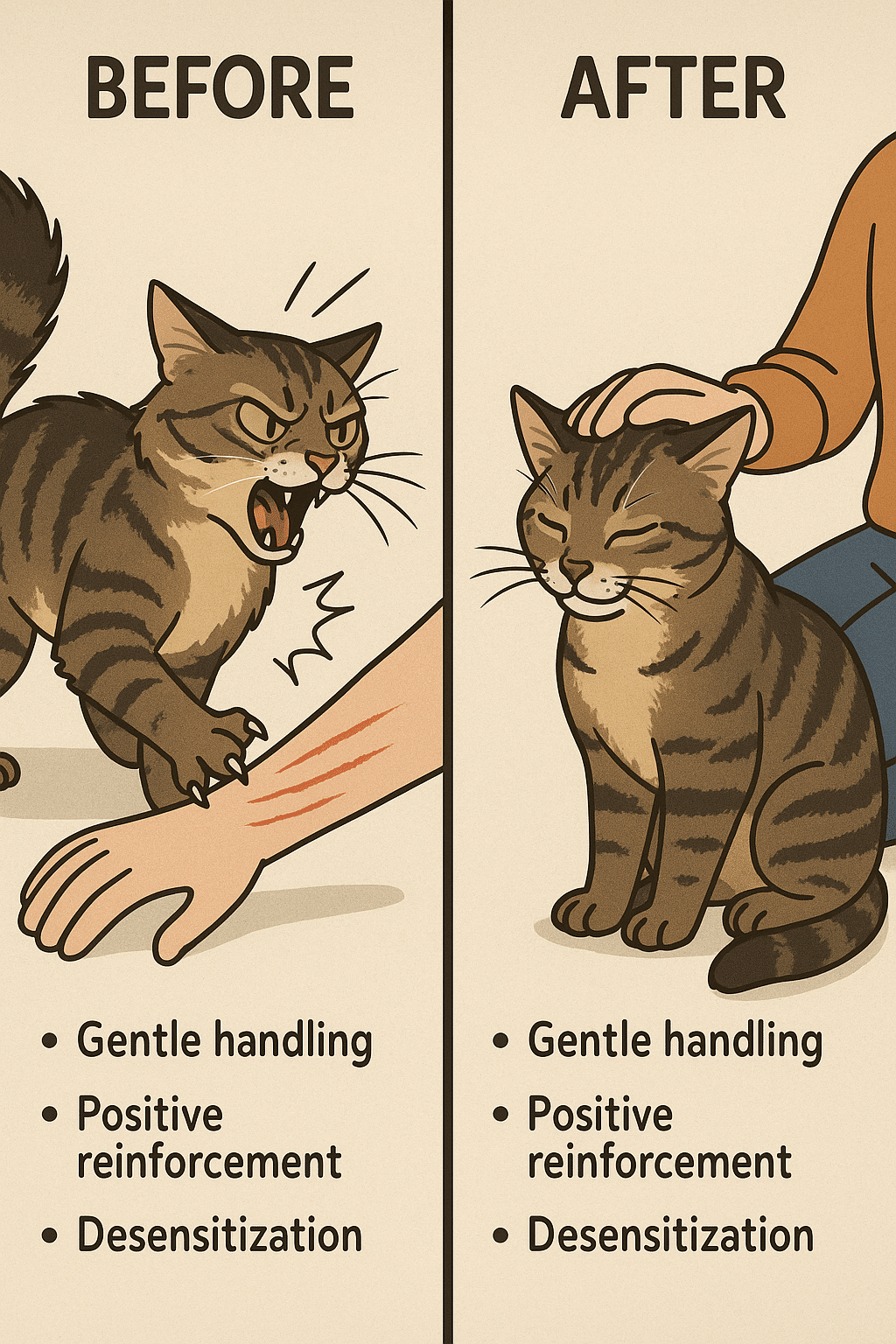
Nothing disrupts peace quite like a cat peeing or pooping outside the litter box. This common cat behavior problem often signals unmet needs or medical issues.
Recognizing Causes: Litter Box Issues and Feline Stress Signs
Cats avoid dirty, smelly, or inaccessible litter boxes. Medical conditions such as urinary tract infections or crystals cause urgency or pain, which may lead to avoidance of the box.
Environmental stressors like new pets, changes in the home, or loud noises also contribute. Territorial urine marking differs from elimination—it’s an instinctive behavior to communicate and claim space.
Best Litter Box Training Practices and Maintenance Tips
Keep litter boxes clean by scooping daily and washing with mild detergent weekly. Use unscented, clumping litter in boxes placed in quiet, accessible locations away from food or water.
Match the litter box size to your cat—larger boxes for bigger breeds and covered boxes only if the cat enjoys them (some cats dislike them). Provide multiple boxes in multicat households.
Positive reinforcement during litter training is key. Also, minimize stress by maintaining routine and avoiding drastic changes around litter areas.
Using Feline Pheromone Therapy and Environmental Adjustments
Feline pheromone diffusers reduce anxiety related to inappropriate elimination. Complement this with calming music or interactive play to relieve stress.
Making sure your cat’s environment has plenty of stimulation, vertical space, and hiding spots reduces anxiety and territorial marking.
Handling Senior Cat Behavior Problems Related to Elimination
Elderly cats may suffer from arthritis, making access to litter boxes difficult or painful. Use shallower boxes or ramps, and place boxes near their favorite resting spots.
Age-related cognitive dysfunction can also cause confusion, requiring patience and adjustments in care routines.
Problem 4: Excessive Vocalization and Meowing
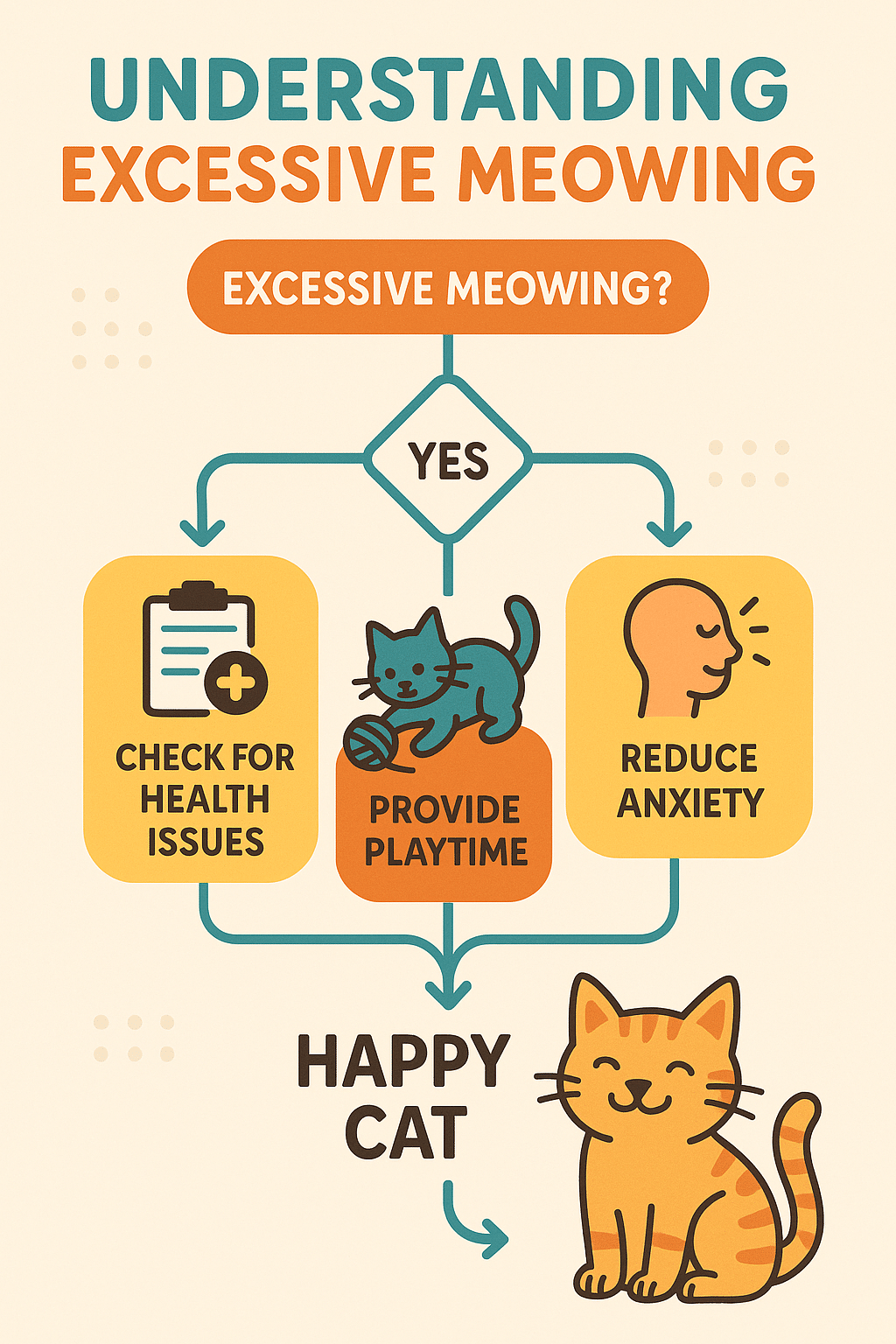
While cats use vocalizations to communicate, too much meowing can be bothersome and may signal underlying issues.
Differentiating Between Normal and Problematic Meowing
Medical conditions such as hyperthyroidism, pain, or sensory decline in senior cats can cause excessive meowing. Attention-seeking meowing happens when cats learn that vocalizing gains your response.
Understanding the context and frequency helps distinguish normal communication from problem behavior.
Addressing Underlying Causes: Anxiety, Attention-Seeking, and Health Issues
Minimize environmental stressors and ensure your cat isn’t lonely or bored. Increase playtime and interaction.
Medical evaluation is essential if sudden or excessive vocalization starts, especially in older cats.
Training Tips and Communication to Manage Vocal Behavior
Avoid reinforcing excessive meowing by not rewarding it with attention. Instead, respond calmly when your cat is quiet or behaves appropriately.
Use clicker training to encourage quiet behavior, and employ distracting play activities.
Problem 5: Biting, Attacking, and Other Aggressive Play Behaviors
Biting and rough play can result from overstimulation or misinterpreted social cues and often cause injuries.
Reading Feline Body Language to Prevent Biting Incidents
Signs preceding a bite include tail flicking, flattened ears, and dilated pupils. Learning to read these can prevent incidents by giving your cat space before escalation.
Providing Appropriate Play and Exercise to Reduce Aggression
Daily interactive play sessions provide an outlet for pent-up energy using toys that mimic prey (feather wands, laser pointers). Provide solo toys for independent play.
Safe Handling and Training to Modify Aggressive Play
Discourage biting hands or feet by stopping play immediately when biting occurs. Redirect to toys and reward gentle play.
Consider professional training if aggression is severe or linked to fear.
Comprehensive Strategies for Cat Behavior Modification
Behavior problems often require a multi-pronged approach involving environment, training, and health care.
Integrating Enrichment, Play, and Proper Socialization
Consistent enrichment through toys, perches, and socialization reduces boredom and anxiety, which are major drivers of behavior issues.
The Role of Regular Vet Visits in Identifying Underlying Causes
Routine check-ups catch health problems that may present as behavior changes, improving diagnosis and treatment.
Benefits of Professional Behavior Consulting and Training Resources
Experts offer personalized plans and support to achieve long-term success when home interventions fall short.
Unique Perspective: The Influence of Breed-Specific Traits on Behavior Problems
Certain breeds have predispositions that affect behavior. For example, Siamese cats often vocalize more, Maine Coons are playful and sociable, while Persians prefer calm environments.
How Breed Tendencies Inform Tailored Training Approaches
Recognizing your cat’s breed helps you tailor enrichment and socialization strategies to prevent frustration and related problems.
Incorporating Breed Knowledge into Environmental and Behavioral Management
Adjust environmental complexity and interaction style based on breed-specific energy levels and temperament, enhancing well-being.
Conclusion: Building a Harmonious Relationship with Your Cat Through Understanding and Patience
Addressing cat behavior problems requires a mixture of knowledge, empathy, and proactive management. Understanding feline communication, recognizing stress triggers, and providing enrichment fosters a secure environment for your cat. Remember, each behavior problem often signals a deeper need—whether medical, emotional, or environmental.
With patience and kindness, you can help your feline friend grow into a happy, well-adjusted member of your family. Don’t hesitate to seek veterinary advice or professional behavior consultations when needed. The joy of a peaceful home and a loving bond with your cat is absolutely worth the effort.
If you’re encountering behavior issues, start today with small changes: enrich your cat’s environment, engage in positive training, and keep an eye on health. Your cat will thank you with purrs, affection, and that special spark that makes cat ownership so fulfilling.
FAQs
1. How can I stop destructive scratching in cats without punishing them?
Provide multiple scratching posts made of different materials near their favorite spots and reward your cat when they use them. Use catnip or interactive toys to encourage use and protect furniture with covers or double-sided tape.
2. What are the best ways to prevent urine marking in cats?
Keep litter boxes clean and plentiful, reduce stressors like new pets or changes, and consider pheromone therapy such as Feliway to calm your cat. Veterinary assessment is essential if marking persists.
3. How to handle excessive meowing or yowling in cats?
Identify underlying causes such as medical issues or boredom. Increase interactive play, avoid reinforcing meowing with attention, and consult a vet if behavior is sudden or very frequent.
4. What training tips help with cats that have biting problems?
Stop play immediately when biting occurs, redirect biting to toys, reward gentle play, and avoid using hands or feet as toys. Reading body language to intervene early prevents escalation.
5. When should I seek professional help for cat behavior problems?
If behavior causes injury, persists despite interventions, or you suspect medical issues linked to behavior changes, consult a veterinary behaviorist or certified cat behavior consultant for tailored guidance.
Quick Takeaways / Key Points
- Understanding cat communication signals and stress is critical to addressing behavior problems.
- Aggression often comes from fear, territorial disputes, or stress and requires resource management and positive training.
- Destructive scratching fulfills instinctual needs; provide suitable scratching posts and enrichment instead of punishment.
- Inappropriate elimination may signal medical or environmental problems and requires a clean, accessible litter setup and veterinary evaluation.
- Excessive vocalization and biting often relate to health, anxiety, or overstimulation, manageable through training and play.
- Breed-specific traits influence behavior; tailor your environment and approach accordingly.
- Professional consultation and veterinary behavioral medicine improve outcomes when home strategies fall short.
For more information on cat pheromone therapy, visit Feliway. For guidance in cat behavior consulting, the American Association of Certified Cat Specialists is a reputable resource.
By implementing these insights and strategies, you’re well equipped to navigate and solve cat behavior problems, paving the way to a happier home for everyone.

